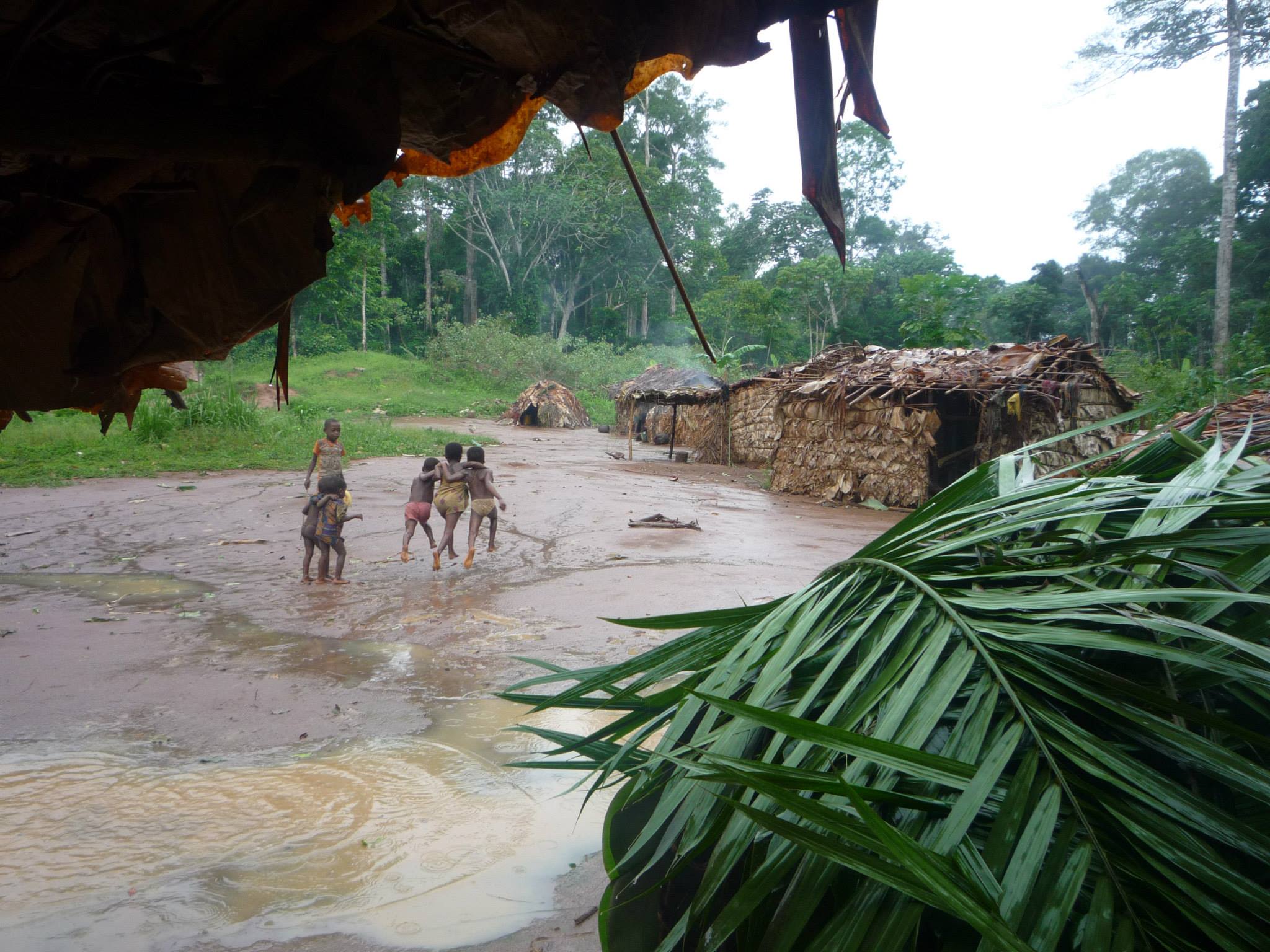New technology used to reveal hunter-gatherer childcare
New research into allomothering in hunter-gatherer populations gives insight into childrearing over human evolutionary history and its uniqueness from a cross-species perspective

Humans have had astounding demographic success, which is in large part due to the extensive assistance mothers have received in childrearing during out species' past; this assistance is referred to as allomothering.
However, there has been significant debate around who has contributed most to allomothering, with particular attention paid to the importance of fathers versus grandmothers.
As humans lived as hunter-gatherers for the majority of our evolutionary history, contemporary hunter-gatherer societies can offer insight into the evolution of human allomothering systems.

Motes worn as wristbands | Credit: Rodolph Schlaepfer and Sylvain Viguier
Motes worn as wristbands | Credit: Rodolph Schlaepfer and Sylvain Viguier
A team of researchers, led by Dr Nikhil Chaudhary, examined childcare networks of two hunter-gatherer populations, The BaYaka from Congo and the Agta from the Philippines, by employing an exciting new technology.
Members of these communities wore motes – portable remote sensing devices – in wristbands/pouches for approximately one week.
The motes emit a radio signal every two minutes which is registered and recorded in the internal memory of any other mote within three metres.
This data was then used to construct networks, which quantify how much time members of the community spend in close proximity to infants and toddlers.
Despite decades of debate about the relative importance of fathers and grandmothers, the researchers found that, overall, unrelated campmates, siblings and other older children spent the most time with infants and toddlers. The results suggest that these allomothers have been somewhat neglected in the story of the demographic success of our species.
The findings do not imply that fathers and grandmothers are unimportant, both still provide some childcare and play a significant role in foraging food to provision children.
That said, the team did find that many children did not have access to grandmaternal care because their grandmothers were either deceased, living elsewhere, or still busy looking after their own children.

A young allomother | Credit: Nikhil Chaudhary
A young allomother | Credit: Nikhil Chaudhary
The team also compared hunter-gatherer allomothering systems with those of other species.
In non-human animals allomothering systems are classified as either cooperative breeding (help from sexually mature non-breeders, usually close relatives) or communal breeding (shared care between multiple breeders who are not necessarily related).
Humans have been described with both of these labels, usually as cooperative breeders. However, in the article, the researchers use their findings to explain why the hunter-gatherer allomothering system is unique from a cross-species perspective and cannot be described by the classifications we use for non-human animals.

The paper is published in Evolutionary Human Sciences here.
The research was funded by the Leverhulme Trust.
The team behind the paper were Nikhil Chaudhary, Abigail E. Page, Gul Deniz Salali, Mark Dyble, Daniel Major-Smith, Andrea B. Migliano, Lucio Vinicius, James Thompson and Sylvain Viguier
This study built on research published by Nikhil in November and a 2021 study led by Abigail Page examining hunter-gatherer allomothering.
Although not involved with this paper, Tim Clutton-Brock, Department of Zoology, University of Cambridge, has done extensive work on allomothering in non-human animals.

Nikhil is an evolutionary anthropologist interested in explaining human psychology and behavioural diversity from an evolutionary perspective. He works with small-scale societies, including hunter-gatherers and farmers in Congo and the Philippines, as well as with urban communities in London.
Most of Nikhil’s work thus far has examined the evolution of human social behaviour and the hyper-cooperative tendencies of our species. He spent a large part of his research career exploring these topics as a member the hunter-gatherer resilience project, which examined the behavioural, cultural, and genetic adaptations of hunter-gatherers in Africa and Asia.
More recently, he has started working with colleagues at the Royal College of Psychiatrists to better understand why our vulnerability to mental disorders persists despite the fact that the majority of them are maladaptive.
To see more about the project, see Nikhil's website.
Published 26 February 2024
The text in this work is licensed under a Creative Commons Attribution 4.0 International License


